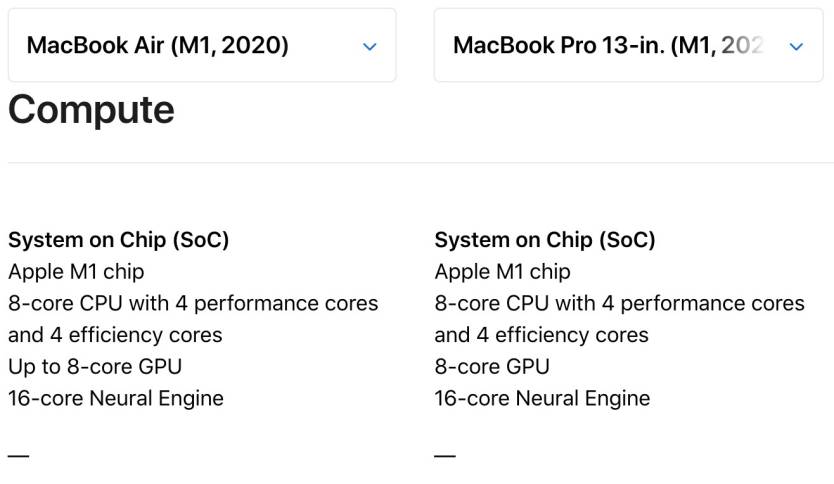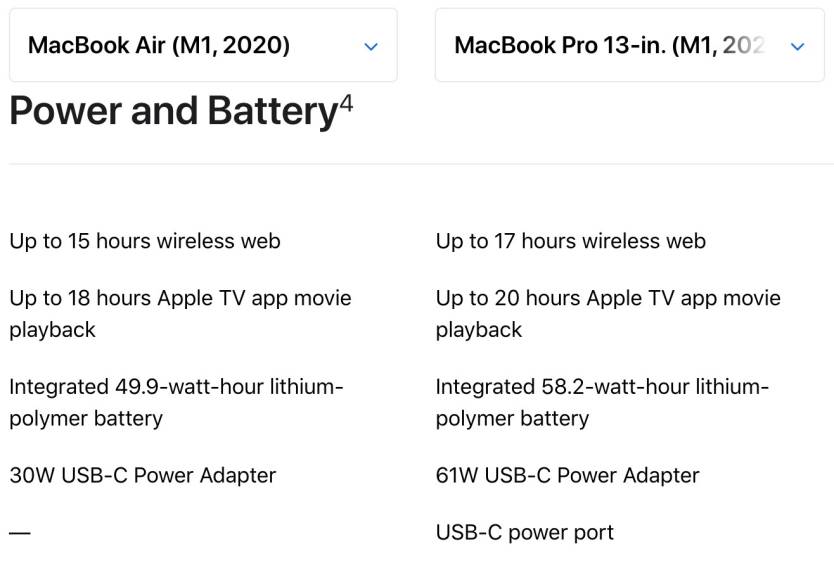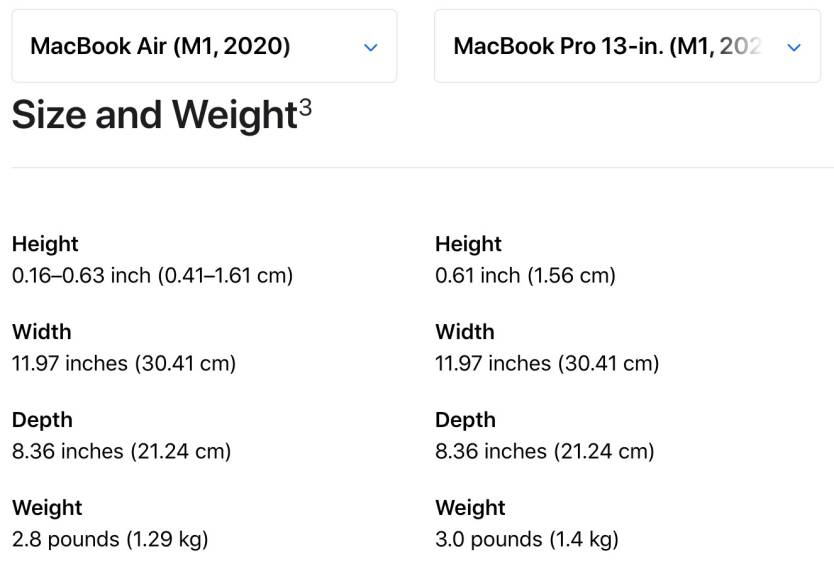- The brand new MacBook Air and MacBook Pro, powered by the Apple M1 chip, offer the same basic set of features, guaranteeing the same overall performance.
- The MacBook Pro costs $300 more than the M1-powered Air but offers a few extra perks that professionals might appreciate.
- The MacBook Pro comes with a Touch Bar, a bigger battery capacity, and active cooling to allow the chip to run at peak performance for longer periods.
On Tuesday, Apple held its third and probably final press event of the second half of 2020, unveiling exactly the products we expect to see at the virtual show. The Apple silicon processor that will power the new MacBook Air, MacBook Pro and Mac mini is a beefed-up version of the A14 Bionic chip inside the iPhone 12 phones. The Apple M1 will be the first of many Mac processors that Apple will launch in the coming years. Aside from the massive performance and energy efficiency that the chip will offer, there’s one added benefit that might not have been immediately clear during the online press conference. The M1 lets Apple bridge the gap between the MacBook Air and the Pro in a way that hasn’t been possible before.
This should not surprise anyone, considering we’ve seen this in action for years on the iPhone. All the phones launched during the same event are powered by the exact same chip, which means they all offer the same basic performance. From iPhone 12 mini to iPhone 12 Pro Max, all iPhone 12 models pack the same powerful A14 Bionic chip that will beat any Android handset running against it. But there’s a $400 price difference between the mini and the Pro Max, as the bigger phone packs plenty of additional features. The same principle applies to the M1-powered Air and Pro. The two devices will essentially offer the same core specs and therefore support the same performance. But the MacBook Pro costs $300 more, which buys a few perks that Pro users might need.
Both the M1 Pro and the M1 Air feature the same hardware: eight-core Apple M1 processor, 16-core Neural Engine, up to 16GB of unified memory, up to 2TB SSD that’s twice fast and before, same 13.3-inch Retina display, 720p FaceTime HD camera, 3.5mm headphone jack, backlit Magic Keyboard, Wi-Fi 6, Bluetooth 5.0, two USB 4 Thunderbolt ports and Touch ID sensor.
For most tasks, the M1 Air will behave just like the M1 Pro. You can expect the same overall speed and experience on both devices. But the M1 Pro does have a few perks.
The first one concerns graphics. The M1 Pro features an 8-core GPU, while the Air gets an “up to 8-core GPU.” This indicates that the GPU might not offer the same performance on the Air as it happens on the Pro. Cooling might have to do with that, but that’s just speculation at this point. The M1 Pro does come with a regular fan, while the Air is fan-less. The Pro’s active cooling allows the processor to run at peak performance for a longer period, including sustained peak GPU experience.

Intensive tasks that require running the M1 at peak performance for longer sessions means the Pro needs as much battery as possible. Apple has not changed the design of the two devices, so the M1 Pro does have more internal space for more battery life. The battery life estimates favor the Pro, which gets 2 more hours of wireless web browsing, and up to 2 hours of video streaming.

The M1 Pro also gets the Touch Bar strip that all other MacBook Pros have, which might be another perk that some users require. The Pro also features better sound thanks to its stereo speakers with high dynamic range. The Pro’s microphones are “studio-quality” compared to the Air’s.
One other minor difference concerns the M1 Pro display, which is slightly brighter at 500 nits compared with 400 nits for the Air.
The M1 Air does have two advantages over the Pro, but they’re both negligible. The Air is 0.2 pounds lighter than the Pro and slightly thinner. It also comes in a Gold version that’s not available for the Pro.

The bottom line is pretty clear. The M1 Air is practically a MacBook Pro, and it will be the better choice for most people. It’s unclear whether Apple will use different M-series generations in future products, as we’re only at the beginning of the Apple M chip. While it might seem like Apple is looking to offer a uniform performance across MacBooks and Macs, that might not happen in a couple of years. Apple uses different-year A-series chips for the iPads, and the same might happen with its Macs. Devices like the MacBook Pro, iMac Pro, and Mac Pro might get more powerful Apple M processors down the road than the future Air, iMac, and Mac mini.







